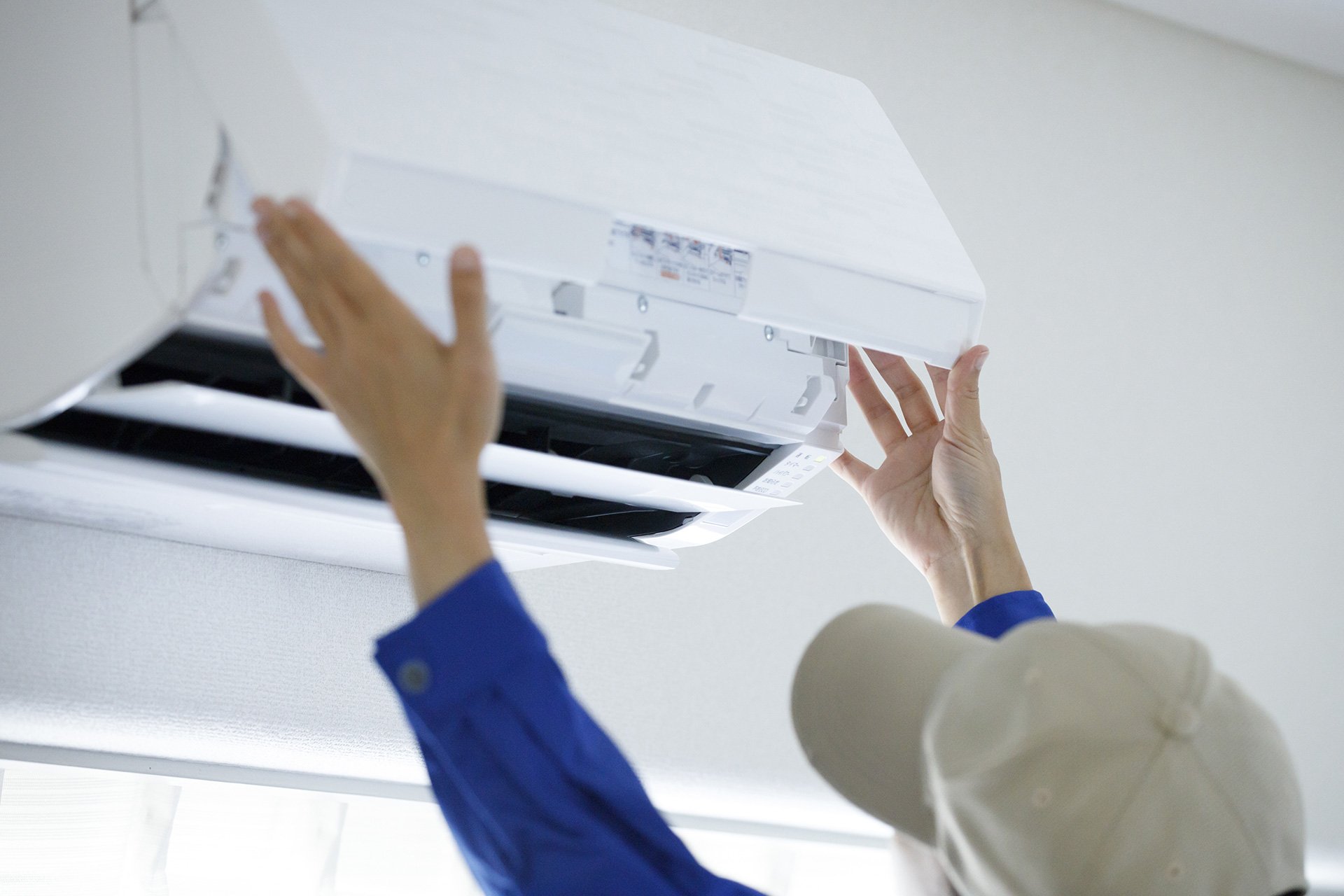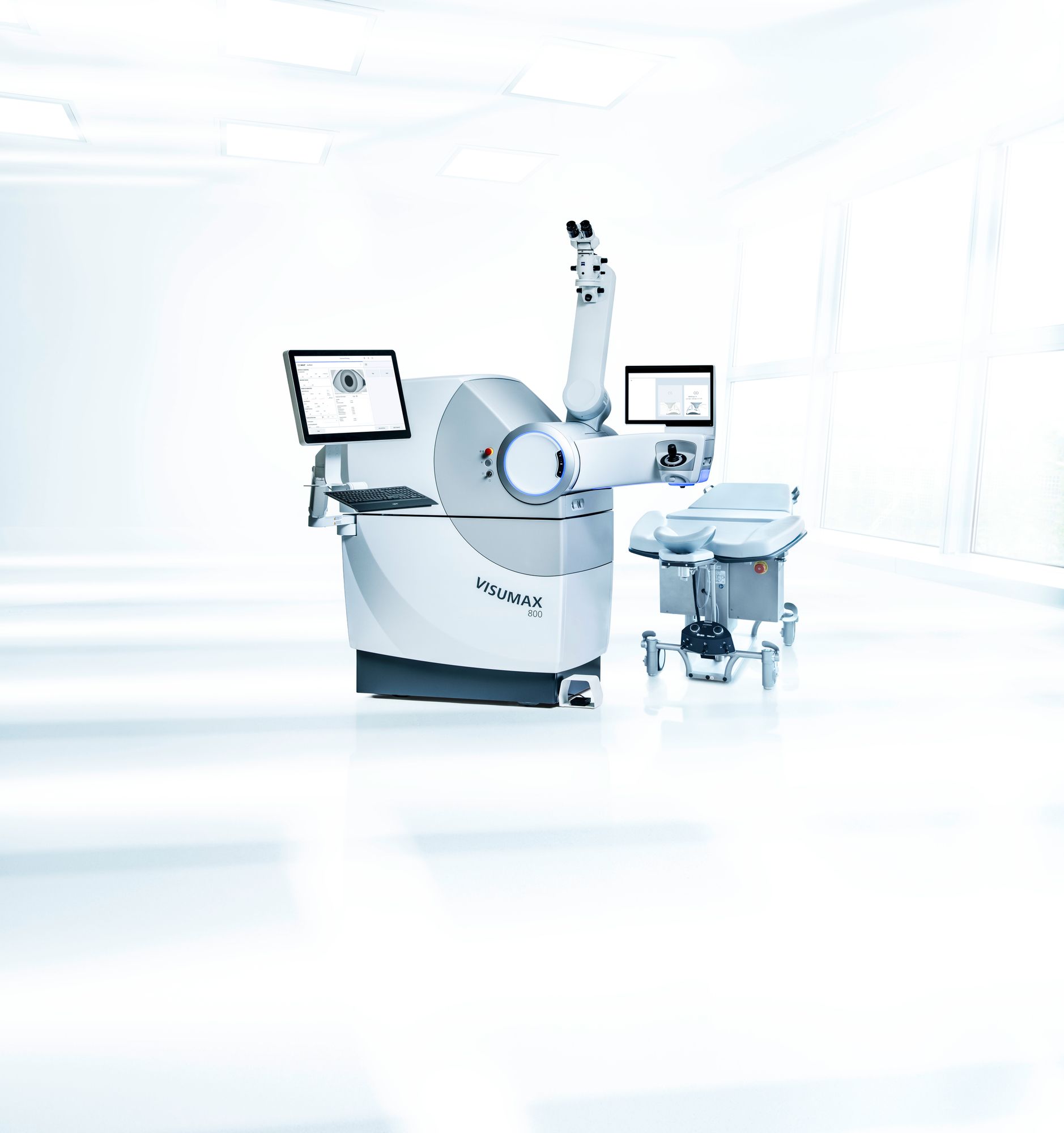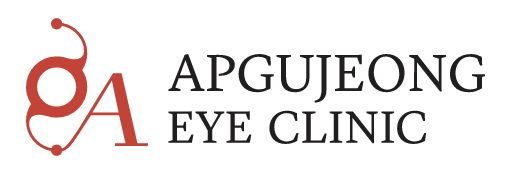7 Things to Know Before Flying to Seoul for SMILE LASIK
1. Check Your Eligibility Carefully
Before you book your flight, you need to be sure you’re a good candidate for SMILE LASIK.
- Not everyone qualifies: thin or irregular corneas, very high myopia/astigmatism, certain eye diseases may disqualify you.
- Make sure you bring your recent prescription, contact lens history, prior eye-exams.
- Ask the clinic about how they assess suitability: corneal thickness, topography, dry-eye test, etc.
- If you’re under 18, pregnant or have uncontrolled systemic health issues, treatment might be deferred.
2. Choose the Right Clinic and Understand What You’re Getting
Flying internationally means you want to be confident in the provider.
- Confirm the clinic is internationally accredited, has experience in SMILE, and ideally uses latest technology (e.g., the ZEISS VISUMAX 800 or similar).
- Ask for surgeon credentials: how many SMILE procedures they have done, complication rates.
- Check what’s included in the quoted package: pre-operative tests, surgery, post-operative medications, follow-up visits, English/your-language support.
- Be alert to clinics offering “too good to be true” discounts—make sure there are no hidden fees.
3. Travel & Recovery Logistics — Plan Your Stay
Since you’re travelling from abroad, timing and recovery logistics matter a lot.
- You’ll likely need to stay in Seoul at least 1–2 days post-surgery for immediate check-up. Some clinics recommend 3 or more days.
- Consider flight stress, time-zone change, accommodation near the clinic, transport and follow-up appointments.
- Avoid booking tight schedules (business meetings, major travel) immediately after surgery. Even though SMILE recovery is fast, your eyes still need some care.
- Pack accordingly: sunglasses, protective eyewear, minimal eye-makeup (if female), avoid rubbing eyes, bring sleep mask for plane/hotel nights.
4. Cost-Breakdown & What to Expect Financially
While Korea often offers competitive pricing, you should map all costs.
- SMILE and SMILE Pro in Korea vary in cost depending on technology, clinic, your prescription.
- Travel costs count: flights, hotel, meals, transport, potential extra nights for follow-ups.
- Ask about currency fluctuations, whether the quoted cost is all-inclusive (tests, meds, visits) and what happens if you need an enhancement.
- Get a written quote in your language or English and ensure you understand what’s NOT included.
5. Recovery & After-care — What You Must Do
Good outcomes depend heavily on following instructions and care.
- Use eye-drops as prescribed, avoid rubbing your eyes, sleeping face down, or side-sleeping on the treated eye too early.
- Avoid strenuous exercise, swimming/diving, heavy dusty environments for the period your surgeon recommends.
- Limit screen time initially; use larger font size, frequent breaks.
- Attend all follow-up visits: the first one immediately post-surgery, then at 1 week, 1 month, etc. The clinic should provide records for you to take home.
- When you return home, find a local eye-doctor who has your records, in case you need support later.
6. Understand the Risks & Set Realistic Expectations
Every surgical procedure has risks — SMILE is relatively safe, but you must appreciate what could go wrong and what you can expect.
- Risks include: dry eyes, halos or glares at night, under-correction/over-correction requiring enhancement, slower recovery if you’re not an ideal candidate.
- While SMILE has advantages (small incision, no flap) it’s not “zero risk”.
- Ensure you know the clinic’s enhancement policy: if your vision isn’t perfect, what are the costs/terms?
- Realistic expectations: you may achieve very good unaided vision, but still possibly need reading glasses later (presbyopia) or maintenance check-ups.
7. Language, Documentation & Your Rights
Being a foreign patient adds dimensions you must manage.
- Make sure there is English (or your native language) speaking staff or translator available at the clinic. Communication clarity is vital.
- Get all consent forms, treatment plan, cost breakdown, follow-up plan in writing in English (or your language) and keep copies.
- Ask about your rights: what happens if you have complications after returning home? How does the clinic handle remote outcomes or enhancements?
- Make sure your travel insurance covers medical procedures (or ask if the clinic offers medical-tourism support).
- Bring your medical history and previous eye records with you; ensure you receive a summary of your surgery and after-care instructions to present to local doctors later.
Call-to-Action
🕶️ Thinking about going to Seoul for SMILE LASIK?
✅ Download our free “International Patient Checklist for SMILE in Korea” (covers eligibility, clinic questions, travel planning, after-care).
✅ Book a pre-surgery consultation with a top Seoul clinic to get your full eye assessment and treatment quote.
✅ Prepare your travel schedule to include at least 2–3 nights after surgery to ensure proper follow-up and recovery.
Your vision is worth the planning — make sure you’re informed, prepared, and confident.













